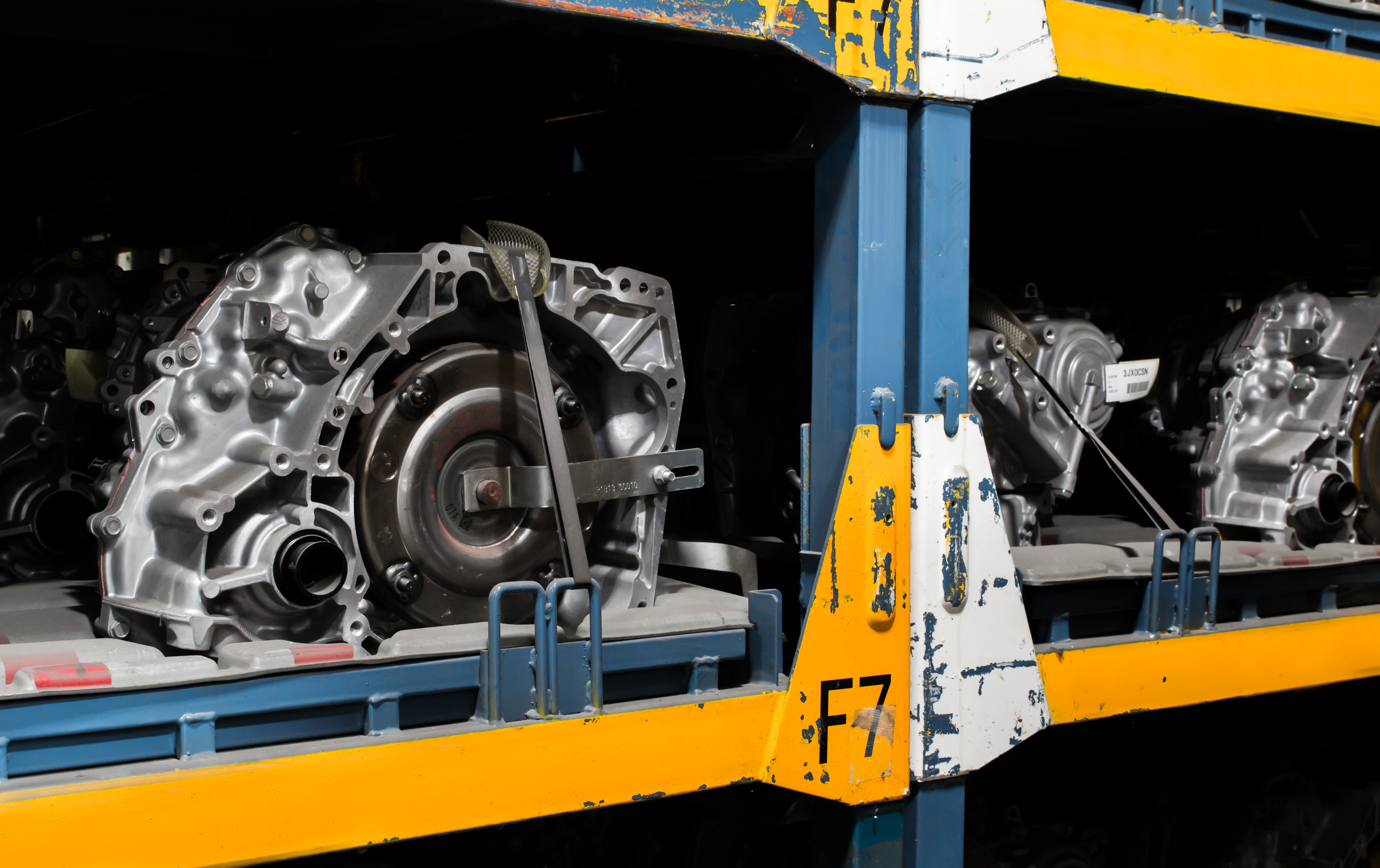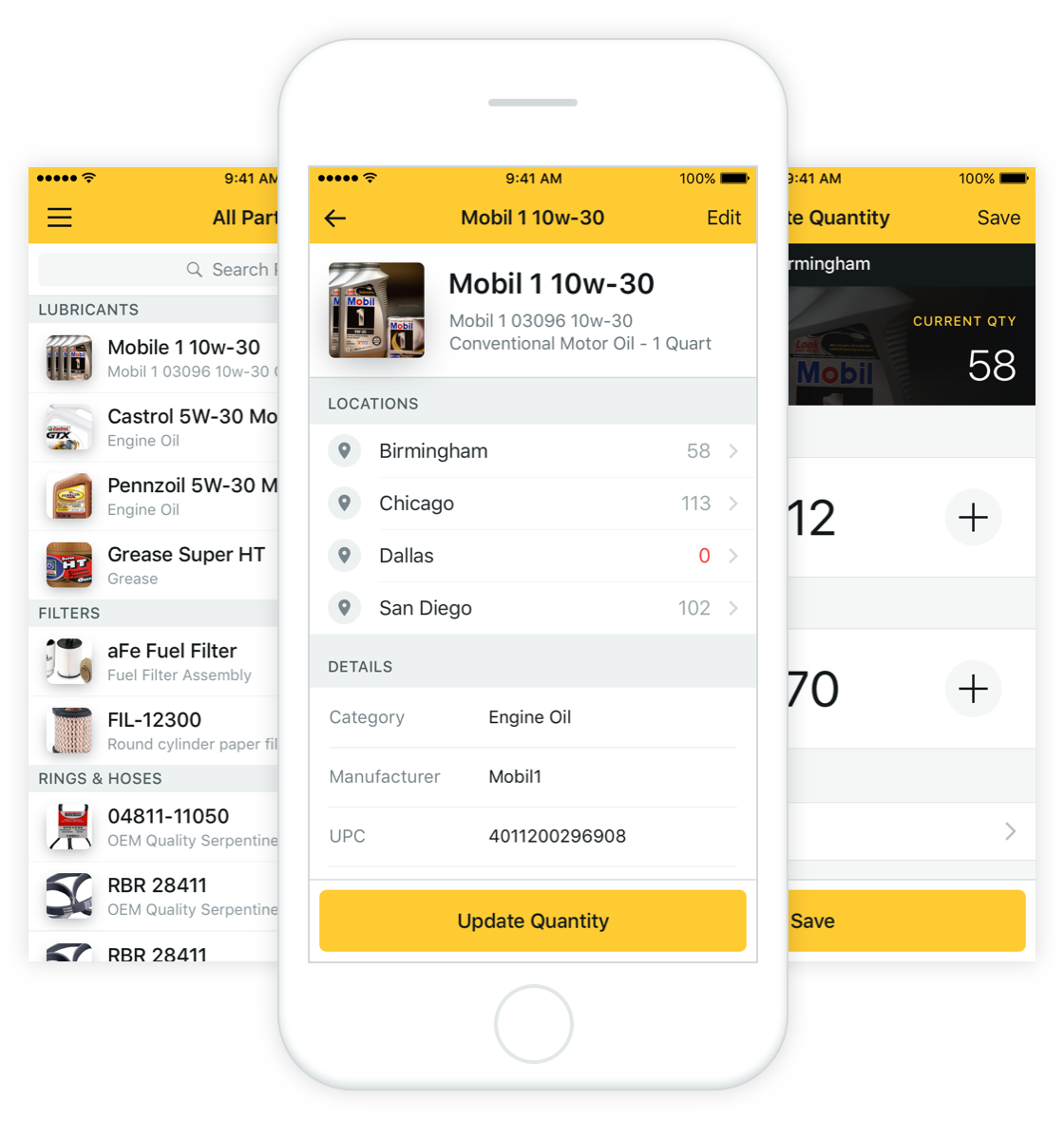Conventional wisdom suggests that around 30-35% of an average fleet’s vehicle maintenance costs are spent on parts management. But are fleet managers spending one-third of their time managing parts? Not usually. There are bigger fish to fry.
Inventory management isn’t just about cost, it’s about profit. Stock too few parts, and you don’t have what you need when you need it. When your vehicles are waiting, your customers are too. The flip side? Stock too many parts, and you have sitting parts. That isn’t just costly, it’s a wasted opportunity. Money spent on parts is money that could be spent growing your business!
So, there are two important questions to ask:
- How do you find the magic equilibrium between having enough parts and too many parts?
- Is it worth finding?
Many fleets never ask these questions, and the ensuing fiscal waste and lost revenue represent a major missed opportunity. Based on the current inventory management space and conversations with many of our customers, we’ve identified the five most common symptoms of poor inventory health:
1. Storage space is disorganized and inefficient
$5.08 is the average cost per sq. ft. of warehouse space in the U.S.
Storage is expensive. In fact, over a third of inventory value can be attributed to the cost of maintaining parts stock, but many fleets still have cluttered, disorganized storage locations. There is no way to know what you have, where it is or how much of it exists.
Solution: Standardize your space.
- Consolidate - Assign each part a single location.
- Maintain - Review the space frequently.
- Improve - Limit access and ensure the environment is controlled.

2. Vehicles are frequently waiting for parts
Part Stockouts → Vehicle Downtime → Profit Loss
An inactive vehicle can be directly tied to lost profit, potentially $1,000’s per day per vehicle. Things happen and vehicles need maintenance, but if you don’t have the right parts on-hand when you need them, your business pauses.
Solution: Know your stock.
- Track - Frequently check and record the quantity of each part on-hand.
- Standardize - Create Reorder Points for each part.
- Be Proactive - Order stock when you hit its Reorder Point.
3. Inventory is filled with unnecessary, rarely-used parts
The average fleet could reduce its total number of line items by 10-15% and the inventory of each item by 5-10%.
Many fleets overcorrect for vehicle downtime and overstock, but the Cost of Money represents an estimated opportunity cost of 5-12% for fleet expenses, meaning any money spent on parts is also lost profit.
Solution: Store only what’s necessary.
- Track - Keep records of part usage.
- Standardize - Schedule periodic inventory reviews to remove unused items.
- Adjust - Change reorder standards for each part based on usage patterns.

4. No audit trail for parts usage
Healthy fleet maintenance inventories turn 4-6 times per year.
Fleets that don’t keep a detailed record of parts usage suffer from every symptom listed so far. Part stockouts strike by surprise and storage space grows increasingly disorganized as unnecessary, obsolete and overstocked parts build up over time.
Solution: Track all parts transactions.
- Standardize - Create workflow for reporting at every step of the parts cycle.
- Be thorough - Keep record of part usage of all types.
- Be specific - Include part location, employee and timestamp.
5. Dollar value ignored throughout the cycle
20% - The average variation between highest and lowest price of one part at different suppliers
In its annual report, Automotive Fleet noted that the most significant trend in vehicle maintenance has been the uptick in the price of parts. With the extra strain, many fleets avoid the trouble and order off of unfavorable legacy contracts, but financial negligence that starts during the part’s purchase usually carries over to its life on the shelf.
Solution: Track the dollar value of parts throughout the inventory cycle.
- Negotiate - Sellers sell at whatever the market will bear.
- Be proactive - Reorder points → more order volume → lower prices
- Report - Use an audit trail to continually monitor the dollar value of your inventory.
Improving Inventory Management
Because inventory and parts management is core to the productivity and profitability of your business, we’re so excited to launch Inventory Management in Fleetio very soon!
If you’d like early access or just want to learn more, please contact us at hello@fleetio.com!



